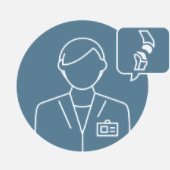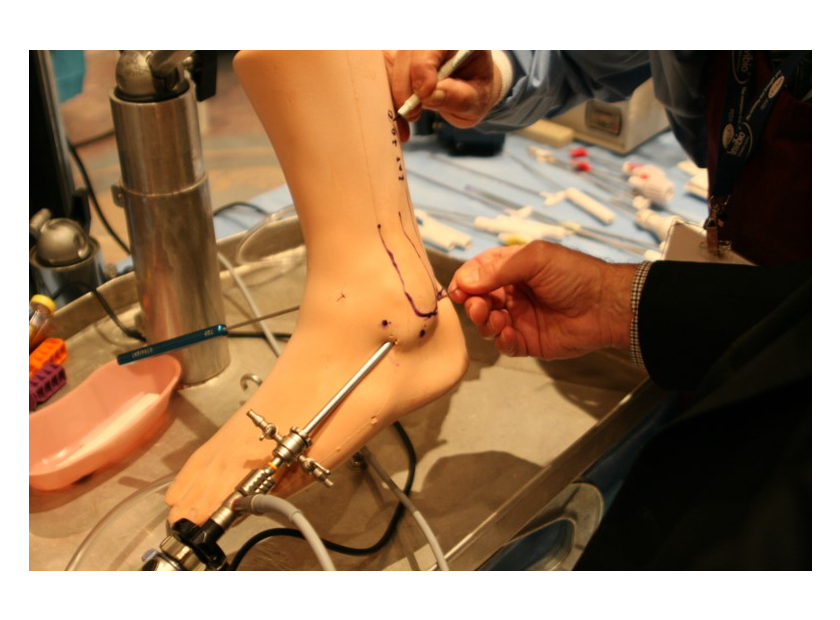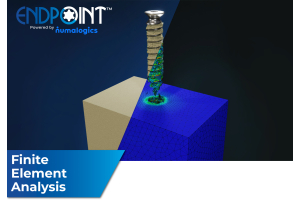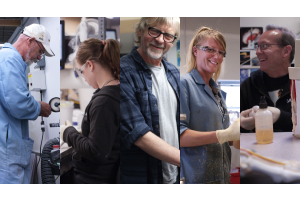5 Reasons Arthroscopic Foot Surgery Benefits From Prior Anatomical Model Training
Arthroscopic foot surgery is replacing open procedures because it allows surgeons to work in a very confined space while minimizing the risk of injuries to nerves. In some cases, it even aids in diagnosing injuries by helping medical professionals to view areas not visible in x-rays. However, learning how to approach these surgeries presents a unique challenge to residents, so extensive training on anatomical models is vital.
Arthroscopic surgery leads to better outcomes for patients. Smaller incisions cause less trauma and speed recovery time—but that's only if done correctly. Operations on the foot or ankle face a high risk of error as the surgeon will work around so many closely connected vital nerves. Detailed arthroscopic skills simulators can help residents in several ways so they can approach these procedures with confidence.
Arthroscopic Foot Surgery Training Areas
Arthroscopic foot surgery is a standard treatment for individuals suffering from chronic pain and disability. While the list of procedures is extensive, there are five that any podiatric specialist will regularly manage:
Diagnostic arthroscopy |
Not all foot problems are visible on medical imaging. In some cases, arthroscopy is necessary to diagnose a condition by allowing the surgeon to get an inside view of the patient's status. One common issue which causes chronic pain is an osteochondral defect. This occurs after a sprain and causes pieces of bone or cartilage to loosen. In many cases, this is only visible via arthroscopic means. |
Subtalar arthroscopy |
The joint underneath the ankle is one of the hardest to reach due to its shape, so surgeons use two portals rather than one. The surgeon will have to work on areas using short scopes and shavers in spaces less than centimeters apart in many situations. There is a potential risk of damage to the sural nerve, resulting in temporary or permanent numbness to portions of the foot. |
Metatarsophalangeal joint arthroscopy |
A metatarsophalangeal joint arthroscopy refers to the first metatarsophalangeal joint, aka the big toe. This area is another where the surgeon works in a very confined space and will have to be very careful to avoid damaging digital nerves. Either two or three incisions are necessary to provide proper access. |
Anterior impingement |
This condition is commonly seen by those who specialize in sports medicine, as it's an injury that comes about from kicking. The individual will develop a bone spur that requires removal. It's a widespread condition to see in chronic pain patients, especially those with a history of ankle sprains. |
Arthritic joint debridement |
Arthritic joint debridement is a common necessity in older patients, especially those with a very active history. It's an overall cleanup of various spurs, scar tissue, and unnecessary cartilage near a joint to improve function and eliminate pain. Surgeons must be careful to remove all the problem pieces in a single surgery to avoid putting the patient at increased scar tissue risk. |
All these surgeries are particularly challenging, and very often, surgeons will have to complete more than one during a single operation. Extensive practice using surgical demonstration models is crucial to prepare them.
5 Reasons Anatomical Model Training Prepares Podiatric Surgeons
Residents will need ample practice to prepare them for a real surgical environment. While digital models can help, they're also limited, as the trainee doesn't get a realistic view of the necessary angles, skin texture, bone, and muscle, or a thorough display of the injuries. Detailed models for arthroscopy training can help them overcome these limitations and enhance their skills in many ways.
- Enhanced diagnostic skills: In many cases, the diagnosis will need to occur in a surgical environment, where the surgeon will also complete a repair. The deep study of these injuries using anatomical models helps these individuals better understand how to diagnose injuries on the fly and improve their overall knowledge in a practical environment.
- Practice of personal preference: Many of the above-listed surgeries don’t have fixed requirements. Instead, surgeons find the positions that best work for them. Anatomical models allow residents to discover their strengths and weaknesses, learn about positioning, and improve their outcomes.
- Learning from mistakes: There is very little room for error when operating on a patient. A simple misplaced cut or incision during an arthroscopic foot surgery could result in permanent nerve damage. Working on anatomical models that provide haptic feedback will help these students learn from mistakes in a low-stress environment.
- Less dependence on cadavers: Cadaver feet may not always provide the best learning option for residents as they will have their own medical conditions that present surgical challenges. One of the most common to see is the pes planus deformity, or flatfoot. As most cadavers come from more senior individuals, the likelihood of students having to work on a cadaver with this condition—which will impact how they approach surgery—is high.
- Development of new procedures: It's impractical to use cadavers when developing a new procedure to treat foot and ankle injuries. An anatomical model is far more forgiving and will allow the specialist to try several different approaches to refine the new technique best.
Training for arthroscopic foot surgery is challenging, but detailed anatomical models can help. Using a realistic display allows residents to get a better real-world feel for the challenges of working in these confined spaces. In many cases, they can lead to better patient outcomes by allowing residents to enhance their skills.
Sawbones offers a wide range of models for practicing arthroscopic foot surgery. View our catalog, or get in contact with us online or by phone at 206-463-5551 to learn more.

If you're seeking something you can't find on our website, our sales team is happy to help. We can either direct you to the right model or provide a free quote on the right custom project to meet your needs. Discover options with our clear bone models, laminated blocks, custom displays, or other machining projects.









